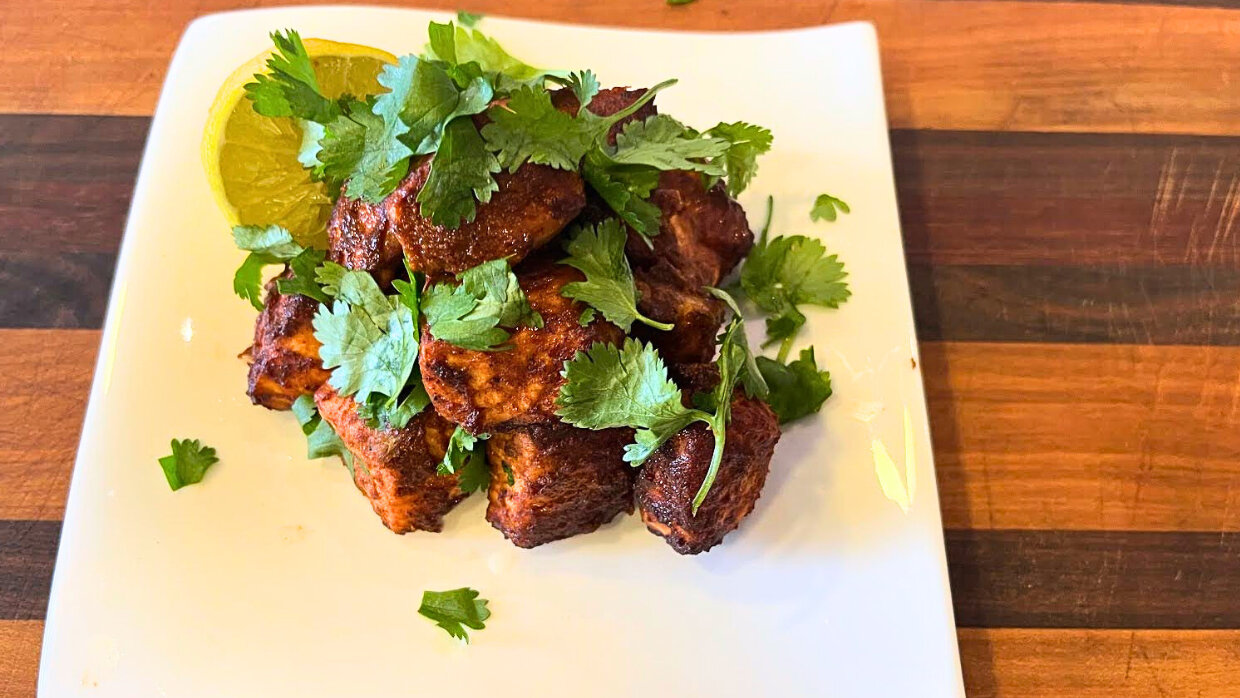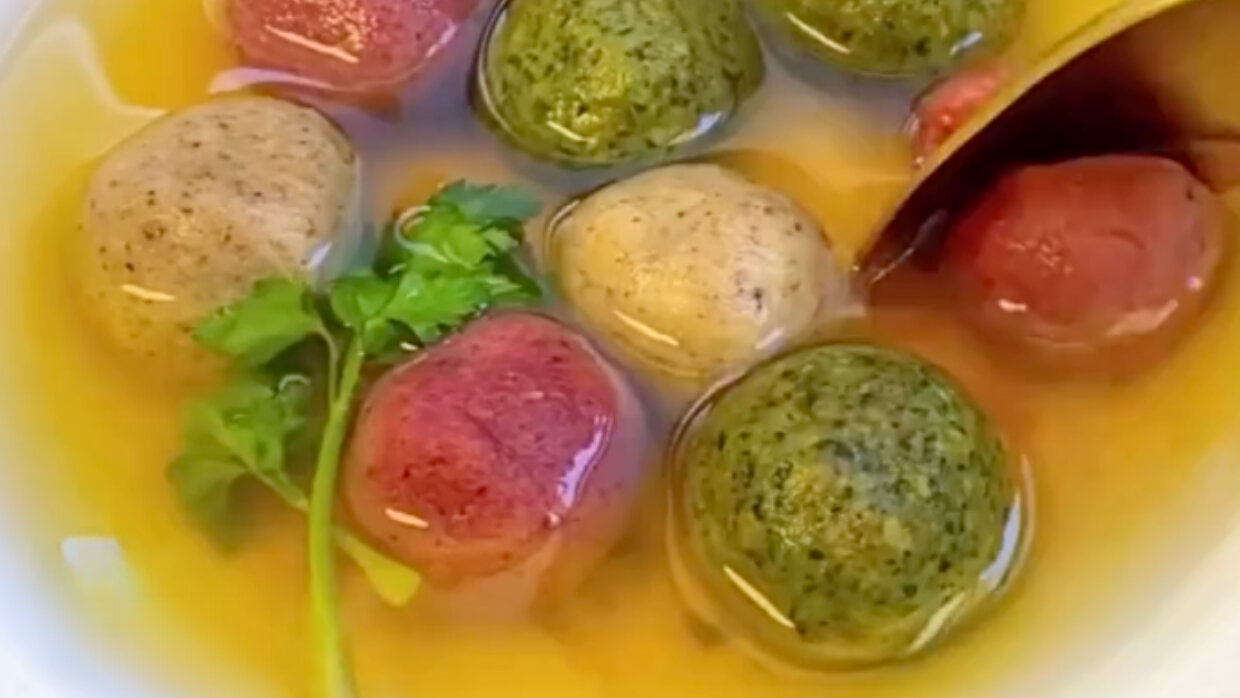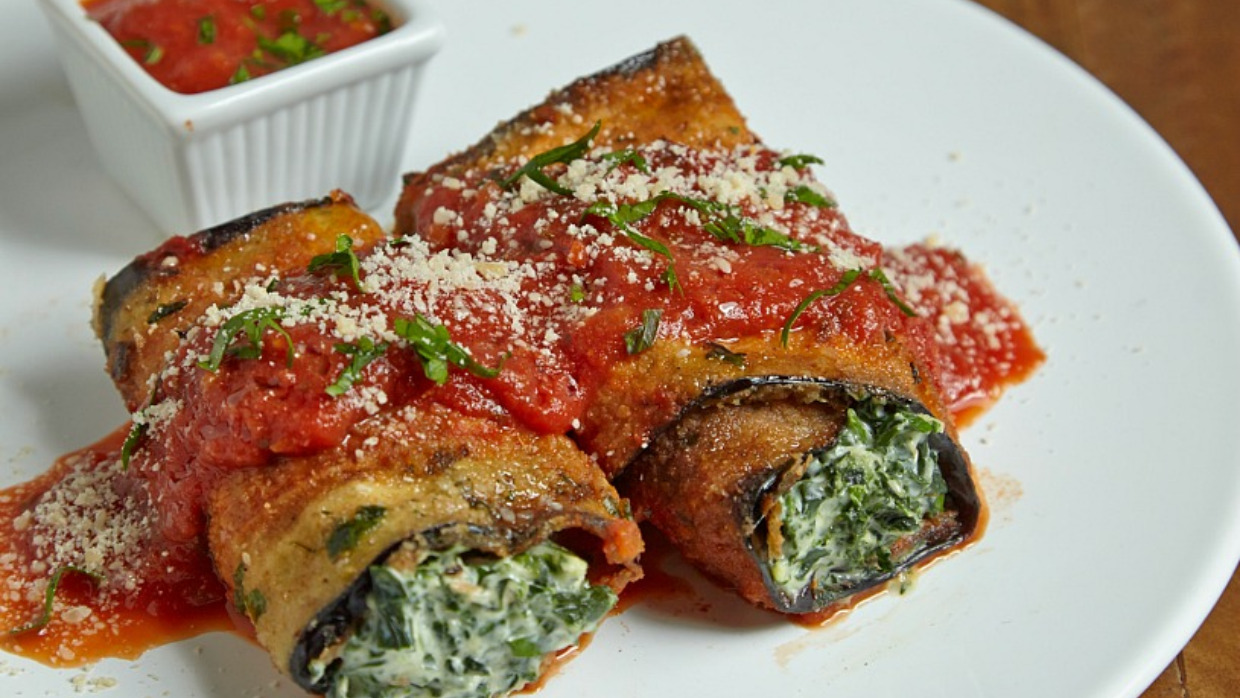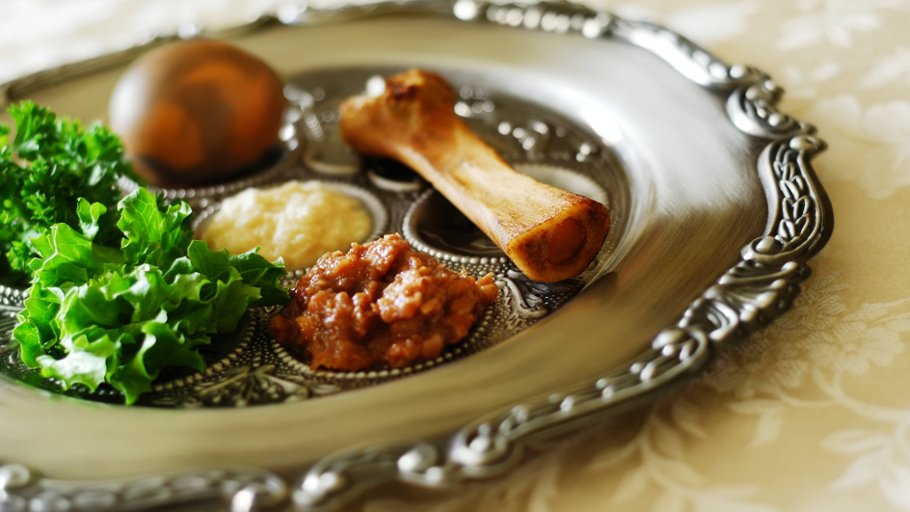Kishke. It’s one of those words you probably know better in idiom form than as a dish.
For an Ashkenazi Jew, it’s what you feel in your gut. Literally, a gut-feeling. But somehow, in Yiddish, it feels even deeper.
Like so many Yiddish-influenced idioms, (making a tzimmes, anyone?), it all comes back to food. Traditionally, kishke were stuffed intestines. In German, they were known as stuffed derma and you’ll still hear that over kishke among some Jews with German ancestry.
Kishke is a Slavic word for gut or intestines. So it’s no surprise that the historical kishke were basically Jewish sausages stuffed with leftovers, some kind of binder like matzo meal or flour, and cooked in a cholent (an overnight stew). It was yet another way in the Jewish culinary canon to make sure nothing went to waste and to make a little go a long way. Joan Nathan, the matriarch of Jewish-American cooking, added that kishke was an add-on to give the cholent some flavor.
Although this was essentially poverty food, not all Jewish communities were always impoverished throughout history. Jewish culinary historian, Joel Haber, points out on his blog Taste of Jew that North African and Kurdish Jews would include meat in their kishke (usually offal). Some wealthier Eastern European Jews followed suit, mixing in chopped offal.
Whether the kishke had meat, offal, or none of the above wasn’t the only distinguishing characteristic in the kitchens of world Jewry. Nathan noted that Sephardic Jews sometimes put pine nuts in their kishke. And Jews in in Syria used green peppers and spices that Ashkenazi Jews wouldn't have had in their Eastern European pantries.
Though kishke sounds an awful lot like your typical sausage, Haber clarifies in his writing that traditional Ashkenazi kishke these days is made without meat. You might get schmaltz, but no meat. Nathan suggested that it might be because synagogue lunches tend to be dairy or milchig. So to keep kosher, kishke had to ditch the meat.
Nonetheless, kishke is something of a rarity these days at Jewish restaurants and delis. Although some old world Jews have made a bit of a comeback over the last decade, kishke still seems to be one stuck in the past. Anecdotally, it seems to feature more prominently in religious households.
That might be because of the image people have of kishke, like those who only imagine the jarred Manischewitz balls when they think of gefilte fish. In fact, Nathan remembers discussing kishke with her wedding caterer back in 1974.
"Well, you'll have to have stuffed derma," the caterer said. Nathan's mother wasn't into it. "She was sort of beyond that," she recalled of her mother. "All Jews say that," countered the caterer. "But everybody loves it."
How to make kishke
















